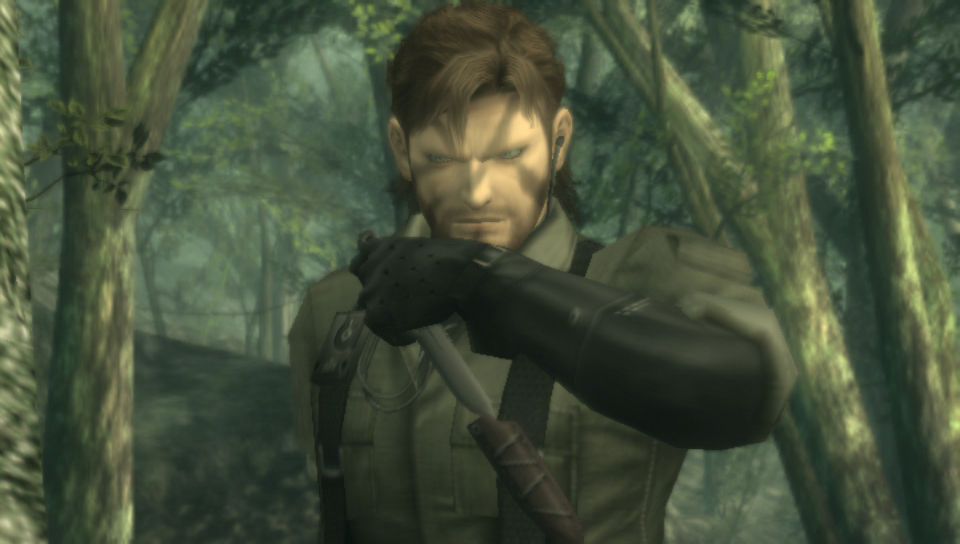Studio Deen's Higurashi no Naku Koro ni Kai is one of the best anime, let alone sequels there is.
On the characters side of things, you'd expect things to not be that much different. however, people who were minor before are major now, and vice-versa. Kai is one of the rare cases where an anime actually switches it's main character for the entirety of the show. It's something that you'd never see coming unless you'd played the original Kai Visual Novels. By the way, the main villain's reveal will blow your mind away, you'd just never expect it to be THAT person.
Rika Furude
Talk about the strangest choice for a recast main character. I expected maybe Rena Ryuguu or Mion Sonozaki if anyone were going to replace Keiichi Maebara, but Rika? Well to be honest, she does have a very sinister back story. I mean, she's the re-incarnation of a damn Demon God. That's gotta mean something, right? The way Rika is portrayed in Kai is actually similar to the way she was in season one, with a more darker tone to add seriousness to her character. It works, and her dual personality gimmick is actually one of the show's highlights, as it makes her reveal the whole Hinamizawa Time Loop thing to everyone very clearly.
Keiichi Maebara
Well, this is depressing. Going from the lead character to somebody who barely get's any screen time, how could Keiichi possibly end up being my favourite character? Because what he does do in the little time he has, is heavily influence the plot or make the main character (Rika) seem as though not all hope is lost. keiichi is more of a motivational character, who serves a small but important purpose. Sure, he's not the Harem God he was back in season one, but he didn't need to be, and the writers saw that. He's a good minor character, and one of the best in the show.
One of the main improvements of the second series is the much better animation. Characters eyes now have more life to them than they did in the first season, and a lot more detail. Of course, it wouldn't be a Higurashi related product without Hyper-realistic/over exaggerated expressions, and Kai certainly delivers in that aspect. The frame rate and backgrounds have been significantly improved aswell, and it's just an overall cleaner looking anime.
On the sound front, not much has changed from the already excellent soundtrack of the original series, if anything, it's been improved thanks to a much better opening (Naraku no Hana) which really set's the mood and is timed well with it's opening credits scene, so top marks to the sound team go there.
Overall, Kai is just so much better than the original that it's hard to believe. It surpasses the already masterful original series and becomes something truly kickass, scary and fearful. One of the all time best horror/thriller/action anime you will ever experience.
Story: 10
Characters: 10
Animation: 10
Sound: 10
Personal Enjoyment: 10
FINAL SCORE FOR HIGURASHI NO NAKU KORO NI KAI: 10/10
FLAWLESS
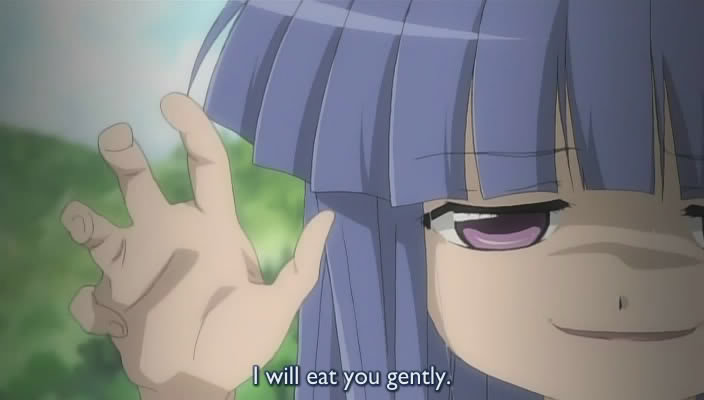


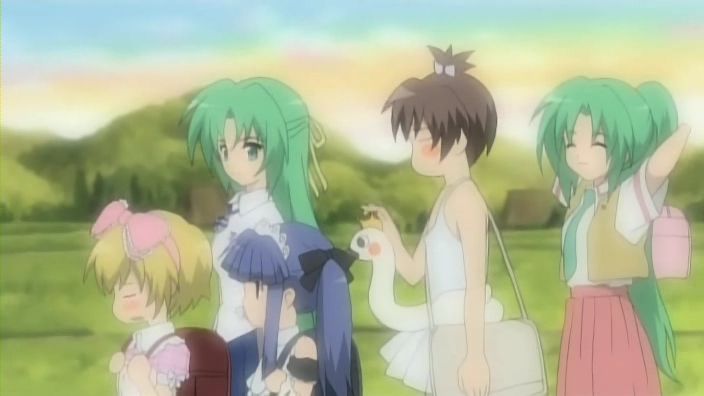




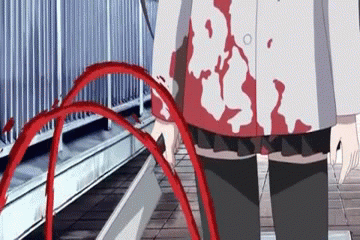






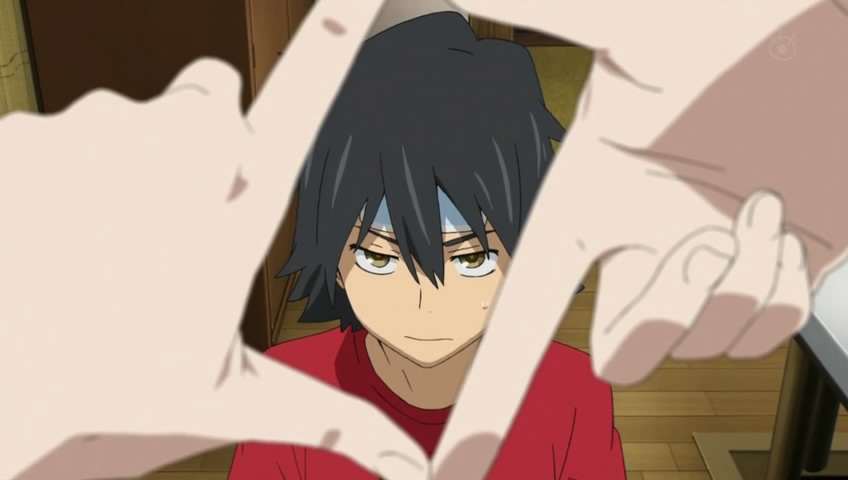





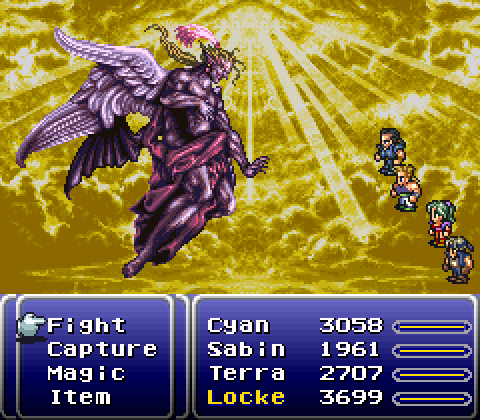
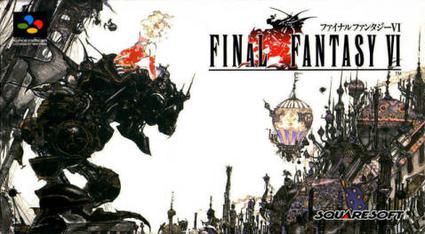









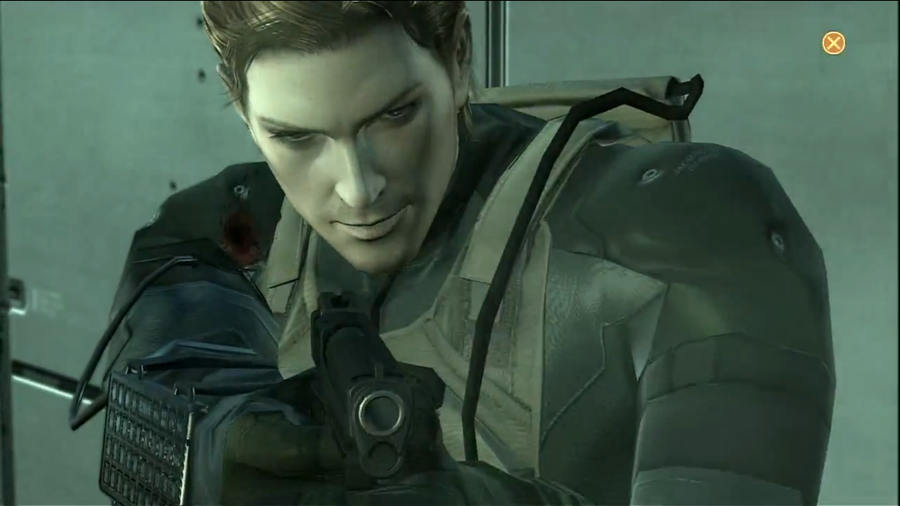




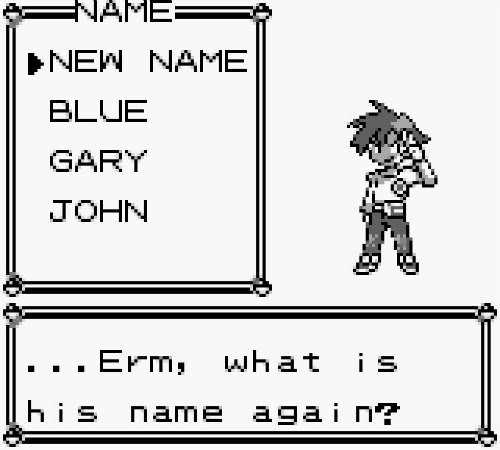



.png)

.png)

